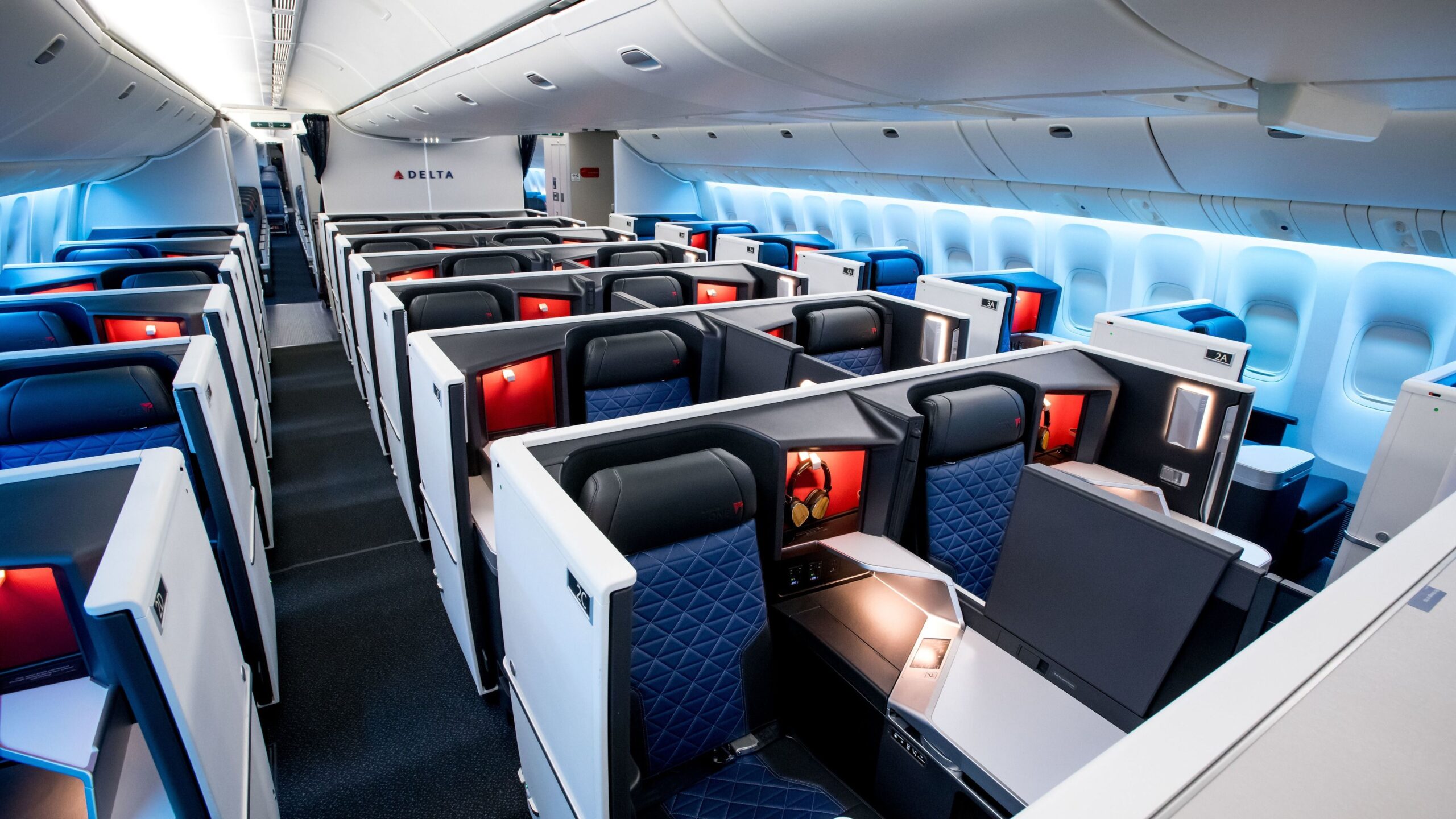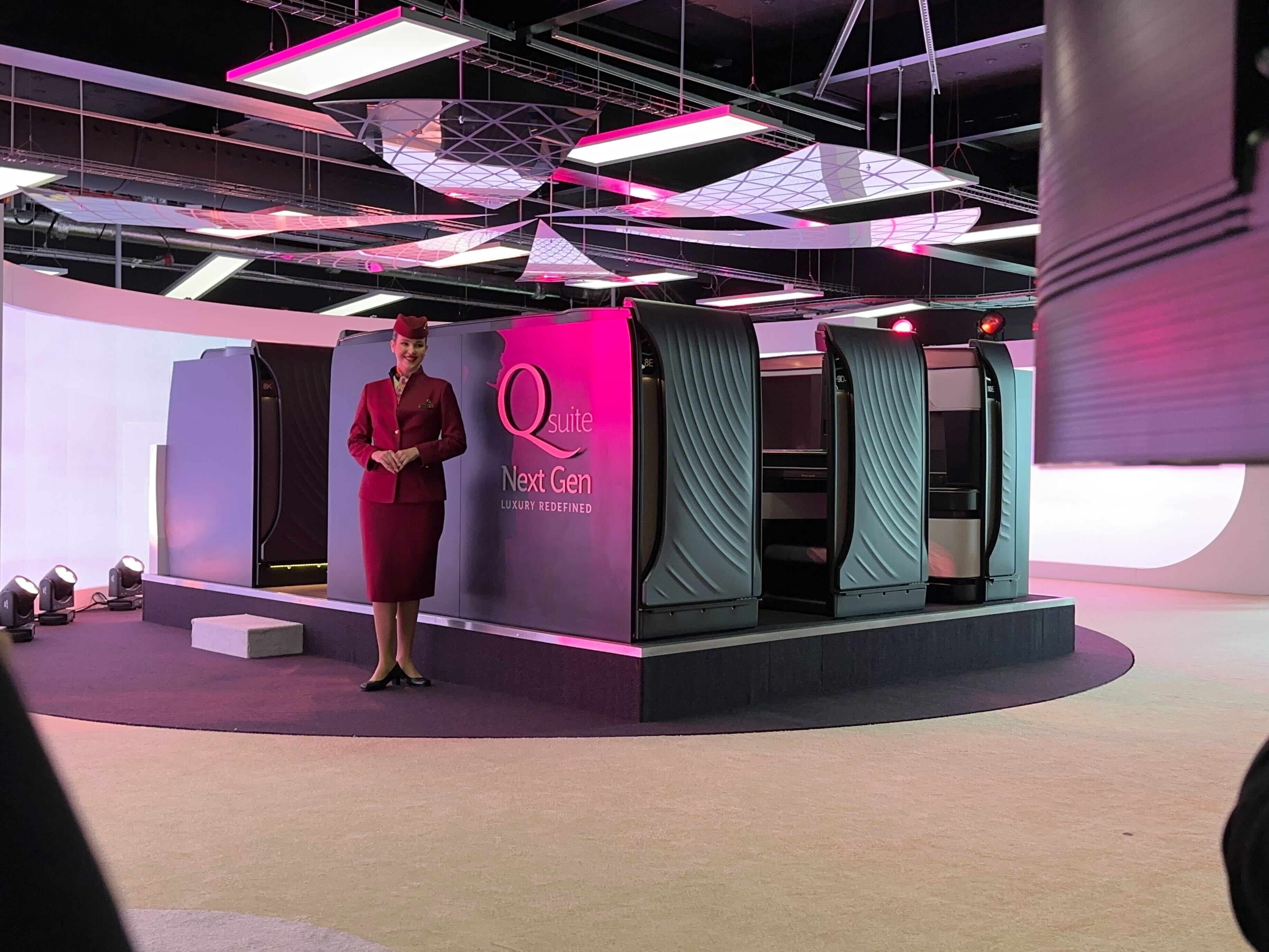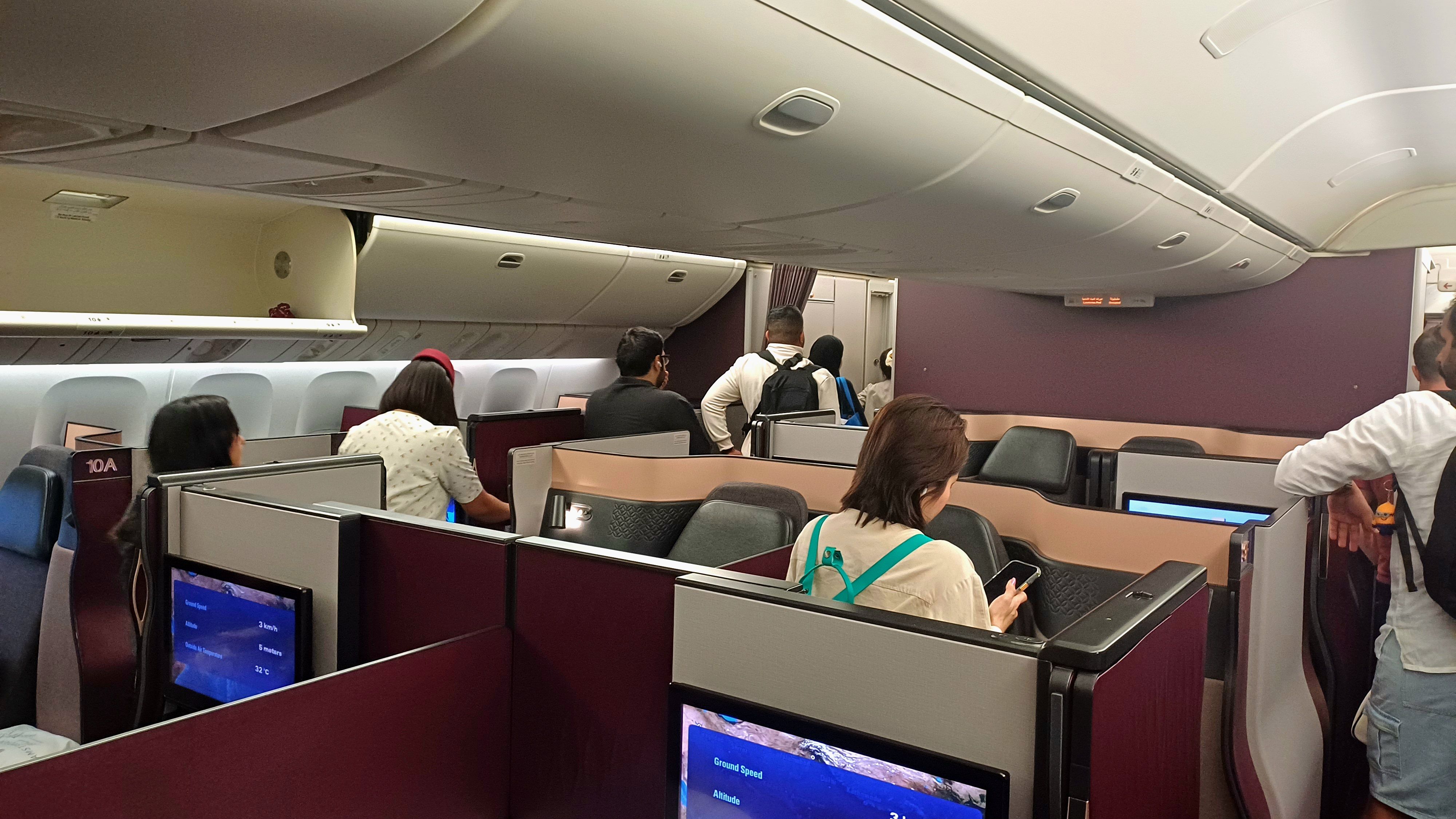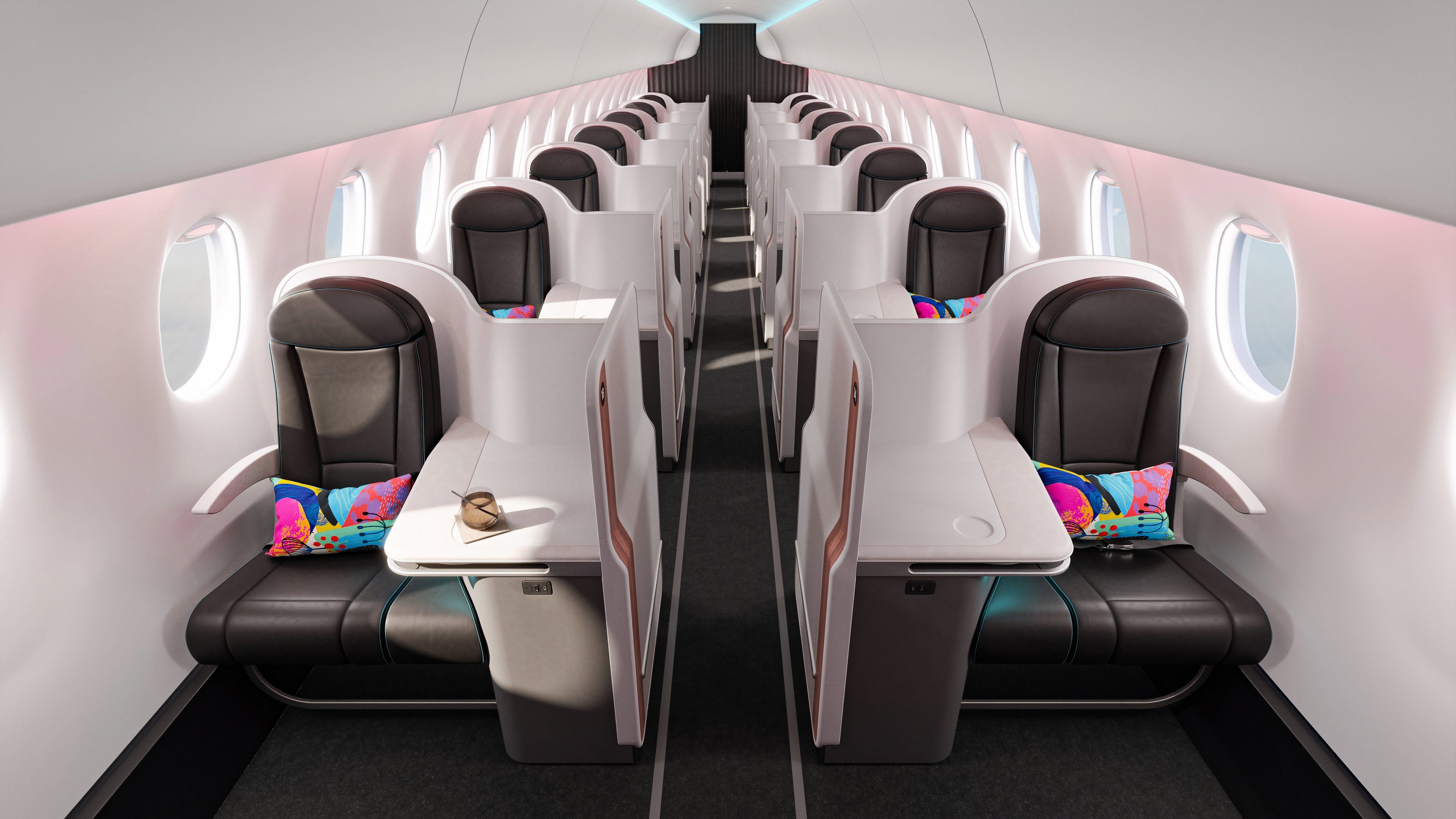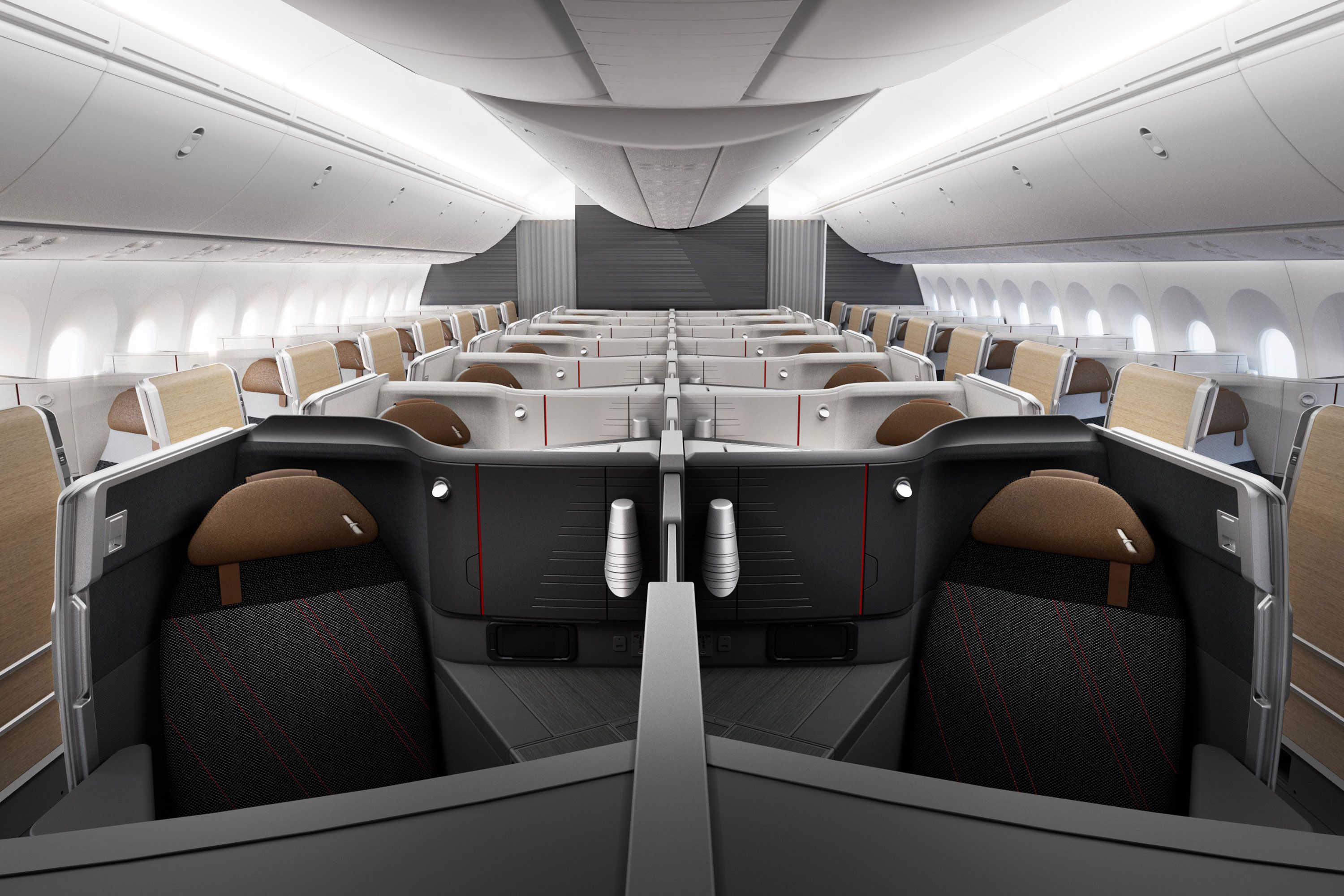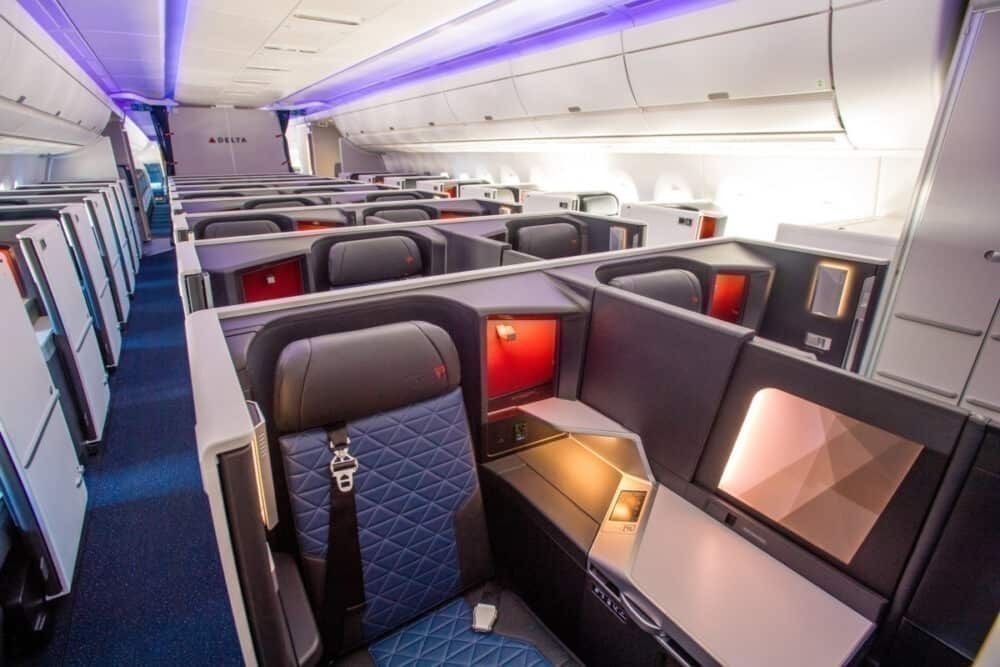Summary
- Mini-suites offer privacy & luxury on aircraft by acting as living spaces with doors for seclusion.
- Installed on Chinese carrier Air China, mini-suites can save airlines fuel costs & reduce their carbon footprint.
- Covid-19 reinforced the demand for mini-suites due to privacy concerns, setting a trend in the luxury travel market.
Recently,
Airbus requested an exemption
to install mini-suites on its Airbus A321XLR
s. Carriers such as ![]() American Airlines
American Airlines
(AA) and LATAM are also working on installing these suites on the aircraft they operate. Some voices inside the aviation industry say that mini-suites might even be where the future of luxury flying is headed.
Let’s dive deeper into what mini-suites are and what the regulations that govern them.
A brief introduction to mini-suites
Mini-suites offer you privacy in the aircraft while also acting as premier living spaces. These are offered on business class fares. These suites have a lightweight structure and doors for privacy, allowing you to have a space of your own.
Mini-suites have business class seats that are able to transform into being fully flat like a bed, alongside doors expected to cater to the increasing demand for privacy during air travel.
Photo: Joanna Bailey | Simple Flying
An example of a mini-suite is the one on Air China’s A350 business class. The mini-suite on the Chinese flag carrier of this aircraft type on the route from Beijing to Chengdu started on January 20, 2023, and was designed by Recaro Aircraft Seating (Recaro). The mini-suite included:
- A Chinese-style lamp
- Privacy dividers
- Inner soft-touch backshell designed by Air China
- Upper stowage with uniquely crafted drawer
The installation of privacy dividers and doors will add to the weight of the aircraft. Nonetheless, Recaro Aircraft seating told Aviation Week that the CL6720 – the type of mini-suite installed on Air China – could help airlines save thousands in fuel costs and also help keep their carbon footprint low.
Are mini-suites the future of luxury travel?
The doors installed in mini-suites are shoulder-high (when you’re seated). While landing, you will have to latch it open, though, just in case you need to make a quick getaway in an emergency.
Photo: Tatenda Karuwa | Simple Flying
The onset of Covid-19 and the eventual distancing from others, as well as ensuring your privacy, above all else, has also helped strengthen the voices for installing mini-suites.
The managing director of Lift Aero Design, a studio that works closely with seatmakers (and airlines) to create cabins, Daniel Baron, told CNN that these mini-suites are important to an airline because:
” a tangible raising of the bar is typically associated with increased revenue, loyalty or both. Even if competitors react by taking the plunge for a similar product, the market disrupter might have around two years of competitive advantage due to lead time for development and installation.”
Regulations surrounding the installation of mini-suites
EASA’s regulations
One of the biggest hurdles during the installation of mini-suites is the installation of a mini-suite door, which comes in the way of a few rules set by aviation regulatory bodies. In the main regulations, EASA’s CS25.813(e) states:
No door may be installed between any passenger seat that is occupiable for take-off and landing and any passenger emergency exit, such that the door crosses any egress path (including aisles, cross-aisles, and passageways) (See AMC 25.813(e)).
The passage cited above further notes:
It is acceptable to have a door between a passenger compartment and a passenger emergency exit in contradiction with the prohibition of CS 25.813(e), provided that this door is secured in the open position by means acceptable to EASA that cannot be overridden except by a maintenance action.
Photo: Crystal Cabin Awards
A look at what the FAA says
When Airbus was seeking an FAA exemption to install mini-suites on the A321XLR, the aerospace manufacturer was looking for an exemption to the following rule set by the FAA:
“No person may operate an airplane manufactured after November 27, 2006, that incorporates a door installed between any passenger seat occupiable for takeoff and landing and any passenger emergency exit, such that the door crosses any egress path (including aisles, cross aisles, and passageways).”
Airbus’ statement revealed that it “respectfully requests that the FAA grant an exemption for these doors to allow installation of these mini-suite seats on these A321neo XLR Cabin”, though it was unclear for which carrier Airbus was seeking an exemption.
THe OEM also pointed out that other aircraft it manufactures, such as the Airbus A321
, a340-500
, Airbus A350
, and AirbusA380
already have installed mini-suites for flights into Europe.
The airplanes/ airlines that are going to install mini suites
American Airlines’ Boeing 777-300ER
American Airlines recently got permission from the FAA
to install up to seventy mini-suites on the Boeing 777-300s it operates. AA had proposed the installation of two zones, one of which would be the cabin section between emergency exits. AA proposed 22 mini-suites here. The carrier has also proposed 48 mini-suites in another zone.
Photo: American Airlines
After installing mini-suites, AA will need to deploy additional flight attendants in these zones.
LATAM’s mini-suites on US routes
LATAM Airlines Group
is set to operate its Boeing Dreamliners of the 787-8 type with new business class mini-suite seats on its operations to the United States in December, while its 787-9s featuring mini-suites will begin flying to the US in November next year.
Delta Air Lines
For this, the carrier sought a waiver from the US Department of Transportation (US DOT). The
carrier went on to explain
that passengers who had mobility impairments could “transfer horizontally into the new business class mini-suite seat without being lifted over an armrest or other obstacle through use of a glide board that the Joint Applicants will carry aboard their aircraft.”
To bolster its case, the carrier has even submitted its drawings to the US DOT. Further, the carrier has cited examples of a few carriers that have received waivers with regard to their seat designs from the US DOT.

